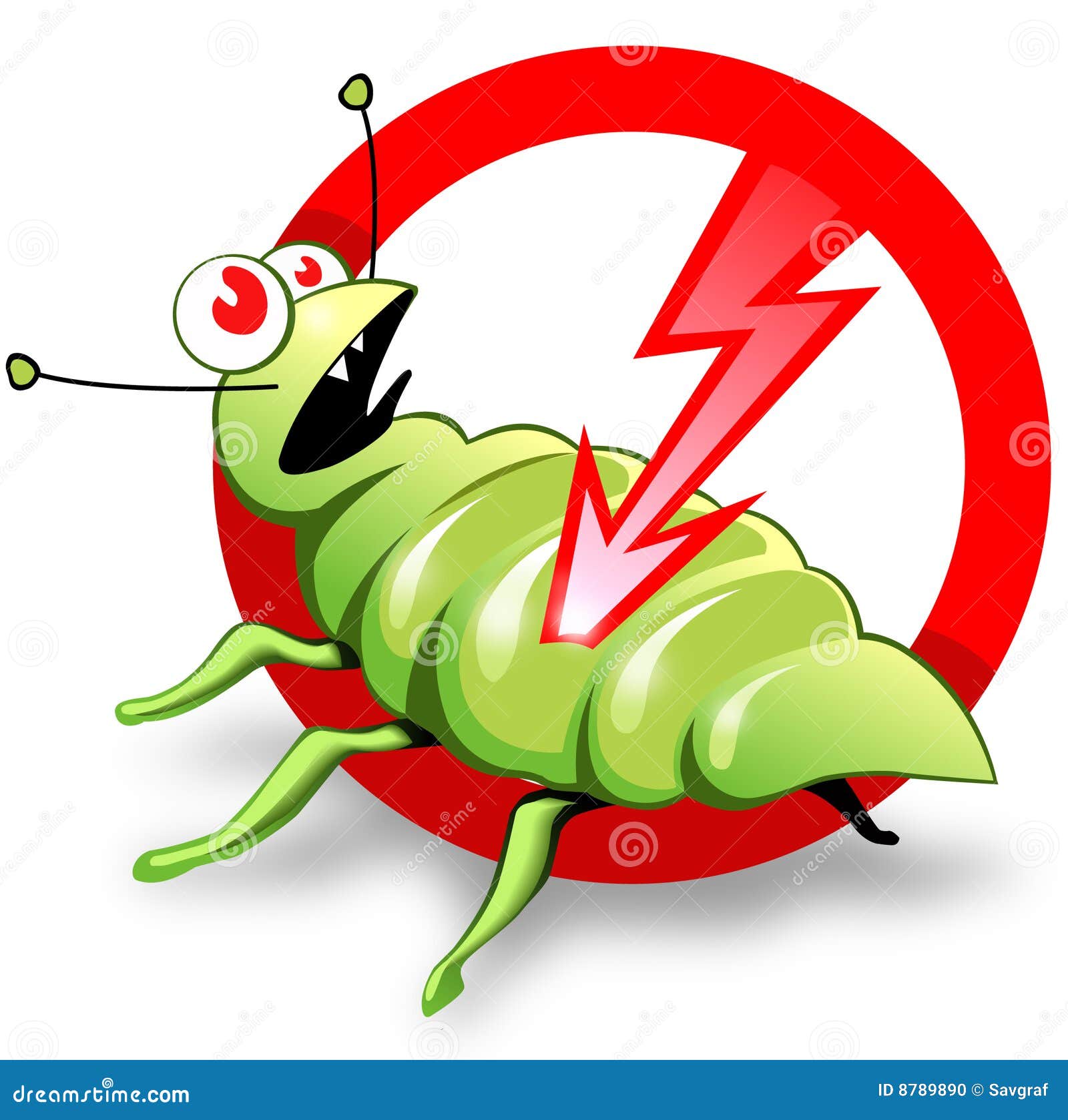Affordable Pest Control to safeguard your property from rodent problems.
Affordable Pest Control to safeguard your property from rodent problems.
Blog Article
Eco-Friendly Parasite Control Approaches for Managing Wildlife in Urban Locations
Urban locations often locate themselves at the intersection of human activity and wild animals, leading to unique difficulties in bug management. These methods not only secure the environment yet also boost neighborhood involvement in wildlife management. As urban populations continue to expand, comprehending the characteristics of wild animals interactions comes to be progressively essential.
Comprehending Urban Wild Animals Characteristics
Understanding Urban Wild animals Characteristics is crucial for developing reliable and eco-friendly pest control techniques. Urban areas are significantly ending up being habitats for numerous wildlife varieties, driven by variables such as environment fragmentation, food availability, and human encroachment. Acknowledging these characteristics permits a nuanced strategy to pest management that straightens with environmental principles.
Urban wildlife frequently consists of varieties such as raccoons, squirrels, and birds, which adjust to city settings, finding particular niches in eco-friendly rooms, parks, and even household areas. Their visibility can result in problems with people, especially when they make use of personnels for food and shelter. Understanding the habits and eco-friendly duties of these varieties educates strategies that lessen adverse interactions while advertising biodiversity.
Moreover, recognizing the interdependencies within metropolitan communities helps in identifying critical areas for habitat preservation and reconstruction. This expertise adds to the growth of integrated parasite administration (IPM) methods that consider the eco-friendly equilibrium, thereby minimizing dependence on harmful chemicals. By fostering conjunction in between human beings and metropolitan wild animals, cities can create much healthier atmospheres that benefit both citizens and local environments, leading the way for lasting metropolitan living.
Natural Repellents and Deterrents
Natural repellents and deterrents supply a sustainable option to traditional parasite control approaches by taking advantage of the power of nature to keep undesirable species away. These eco-friendly remedies commonly make use of plant-based components, important oils, and various other normally taking place substances that discourage bugs without damaging the environment.
One reliable all-natural repellent is peppermint oil, which is understood to repel rats and bugs. Its strong scent is undesirable to several bugs, making it a preferred selection for urban setups. In a similar way, vinegar and citrus peels can serve as deterrents, as their solid odors are usually uninviting to various wild animals.
Furthermore, diatomaceous planet is a natural powder that can be spread in areas susceptible to pest activity, effectively drying out and hindering pests without posing risks to non-target varieties. Garlic sprays and neem oil are identified for their ability to drive away a wide range of insects, consisting of both bugs and larger wild animals.
Executing these all-natural repellents not just lowers dependence on chemical pesticides but likewise advertises a healthier metropolitan environment, fostering an extra well balanced coexistence in between people and wild animals. By making use of these strategies, city locations can efficiently take care of insect populaces while decreasing ecological influence.
Habitat Alteration Strategies
Effective environment alteration strategies play a crucial duty in sustainable insect management by changing the setting to make it less for pest infestations. By recognizing the ecological dynamics of urban locations, building proprietors can carry out calculated adjustments that hinder parasites while advertising biodiversity.
(Rodent control Port Charlotte)One primary method involves maintaining proper sanitation. This includes normal waste elimination, securing trash bins, and removing standing water to lower breeding websites for bugs and rodents. Additionally, landscape design techniques such as choosing native plants can enhance ecological equilibrium, giving environments for helpful organisms while decreasing resources for bugs.
One more crucial technique is to seal entrance points in buildings. Inspecting and fixing fractures in structures, wall surfaces, and windows can considerably reduce parasite accessibility. Creating physical obstacles, such as fencings or plant buffers, can prevent wild animals movement into human-inhabited areas.
Integrated Parasite Management Practices
Structure upon environment adjustment techniques, incorporated parasite management (IPM) techniques offer a holistic technique to managing bug populations while lessening ecological influence. IPM combines various methods, including organic, social, mechanical, and chemical controls, to accomplish effective parasite administration.
Organic control entails the intro of natural killers or bloodsuckers to minimize pest populations. Social methods, such as plant rotation and cleanliness, disrupt pest life cycles and decrease their habitats - Pest Control. Mechanical controls, like catches and obstacles, supply immediate remedy for parasite pressures without chemical intervention
Chemical controls are utilized as a last resource, concentrating on targeted applications that limit harm to non-target varieties and the atmosphere. The selection of eco-friendly chemicals, when required, is indispensable to the IPM structure. Furthermore, checking parasite populations and evaluating prospective damages helps inform decision-making, guaranteeing that treatments are timely and effective.
Area Involvement and Education

(Earwig control Port Charlotte)Workshops and educational sessions can equip citizens with knowledge concerning native species, environment conservation, and effective safe insect management strategies. Collaboration with colleges, local companies, and government companies better boosts academic outreach, guaranteeing that important information reaches varied target markets.
In addition, community-led initiatives, such as area clean-up days and environment repair tasks, not only advertise biodiversity yet also reinforce community connections. Pest Control. By motivating locals to share their experiences and observations, neighborhoods can establish targeted strategies that deal with certain neighborhood insect concerns
Integrating comments from residents right into bug administration intends makes it possible for a much more receptive and flexible method to wild animals difficulties. Eventually, informed and involved neighborhoods are essential to accomplishing long-term success in environmentally friendly bug important site control, causing much healthier metropolitan settings that appreciate both human and eco-friendly needs.

Conclusion
In conclusion, eco-friendly bug control approaches deal lasting remedies for taking care of city wildlife. By focusing on environment alteration, using all-natural repellents, and applying incorporated insect monitoring techniques, neighborhoods can cultivate a harmonious conjunction with neighborhood fauna.
Report this page